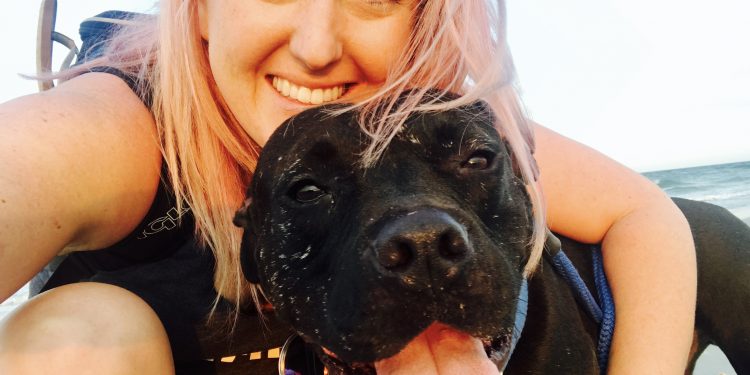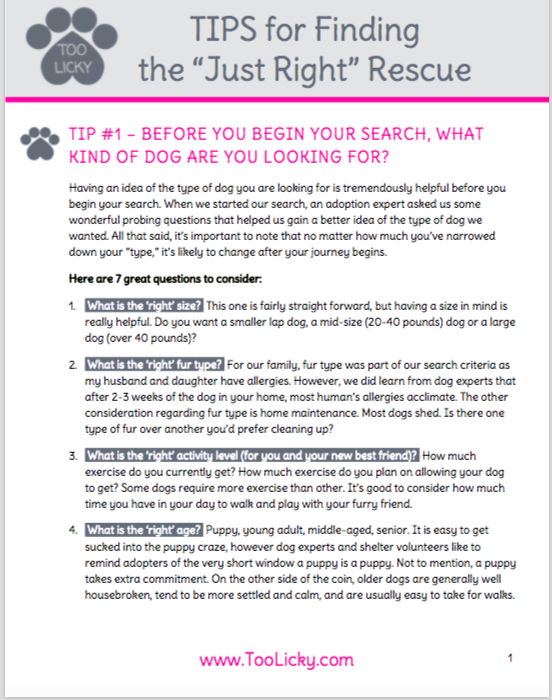
A lot of rescue organizations post requests for help with 4 great options: adopt, foster, donate, volunteer.
The one I knew the least about was fostering. How do you become a pet foster?
We wanted to know! So, we asked an expert to help us better understand this important role!
Today, we’re sharing them with you and providing some easy STEPS to get started if you are interested in fostering!
Below is our Q&A with Amie Hagar, dedicated and experienced foster parent volunteer and advocate.

How do you become a foster?
There is always such a need. First deciding how you want to help is important. Does your interest lie in medically needy animals? Or is there a certain size you’d prefer? Contacting a rescue or shelter to find out if they have a foster program is your first step..
What does it mean to foster a pet?
Animals living in a shelter are usually stressed and scared. Their true personalities are not able to show. Fostering an animal gives you the opportunity to learn what kind of forever home they truly need. You’re an invaluable stepping stone in their journey to a forever home. Most rescues work solely with foster homes so for them to be able to take in animals they must have foster homes lined up.
Typically, how long are “foster assignments?”
Ideally fostering a dog would be until they get adopted. Which could only be a few days or I’ve had fosters for close to a year. There is no guarantee on adoption sometimes puppies go without any interest and sometimes a special-needs one gets adopted right away
What makes a pet foster assignment a success?
Dedication. If you teach your foster basic commands, house training and you’re socializing them, all of those things make them more adoptable. Making sure they are been seen at adoption events or on social media. I have been quite successful walking a foster dog around a market or a dog friendly restaurant with an “adopt me” vest on.
What if you already have a pet?
There are lots of great dogs that need to be the only pet and that lessens their chances of being adopted. If you already have a pet, you want to make sure the animal you want to foster is friendly. And have someone help you introduce them. I have found it less stressful to keep animals separate especially in the beginning – even if they are friendly.
How do I know what behavior “issues” I can handle or not?
Honestly you won’t know until you try. Meeting the animal first will give you an idea if you’re comfortable with them or not. Maybe meeting a few times. Dogs with behavior issues can be challenging but is well worth the reward. Some common issues are dog reactivity, fearfulness of various things, stranger danger, separation anxiety and all around lack of training and/or socializing. Educate yourself on the suspected behavior issues. Read and ask questions!
How do I prepare my house? How do I know if any breeds are restricted where I live?
Pick up things of value! Sort of like baby proofing your house. It’s a great idea if you have a spare room or quiet corner you could set up as a safe place for them at least for the first few days. You can call your rental company or your HOA to see what is allowed. If only a certain number of animals are allowed sometimes an exception can be made for a foster.
What supplies do I need?
That depends on the resources of who you’re fostering for. Some rescues are able to supply most if not all of what you need. A crate, bedding, food, bowls, toys and any medication. If you’re fostering for a shelter they typically have very limited resources. You may have to supply most of those things.
What am I responsible for financially? Vet visits? Supplies?
Medical and food are typically covered. Sometimes boarding is covered also if you have to travel while fostering. Help is needed everywhere so if you’re willing to contribute financially that is a huge plus. And if what you have to offer is housing, that is great also.
How does my foster pet find a furever home?
These days social media is a huge part but also adoption events. Ideally, if you’re able to bring your foster to these events and can talk to potential adopters, you’re giving them the most valuable information. Events are almost always on the weekends so some places offer help if your schedule doesn’t permit you to attend or transport. Always ask what’s expected of you.
What if I can’t bear to part with my foster pet?
This happens all the time. Most groups give their foster homes the first option to adopt. This may not always be the case so if you’re having those feelings I would let the group know immediately. Fostering is not for the faint of heart and it is always sad to see them go. But there are so many that need help. Often we can find the strength to let them go knowing another needs our help.
What 3 things do you recommend a new pet foster parent needs to know?
- Educate yourself on body language and watch your foster pet’s body and behavior.
- Reward anything and everything positive.
- Be patient and forgiving, not only with the pet but with yourself.
If you’re interested in becoming a foster parent for a dog in need, here are steps to help get you started:
Step 1: Know what you can handle and know what your home can handle.
Step 2: Contact a shelter near you and tell them you’re interested in fostering. Complete their paperwork.
Step 3: Ask questions! Start to get to know the shelter staff and any rescue organizations that support the fosters. They will be the best resource for information and support along the way.
When they say, you’re “saving a life,” you truly are.
We hope this helps answer some of the questions you may have about fostering! Please share this with any friends you think may be “pawing” with the idea!
Sending love!
Jody, Gigi, Ryan & Sugar


